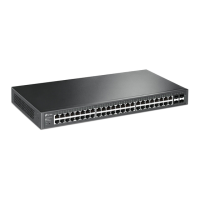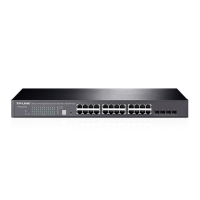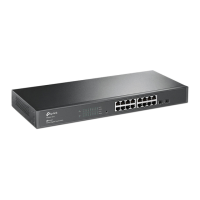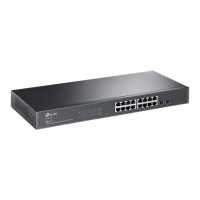Configuration Guide 764
Configuring SNMP & RMON Notification Configurations
Step 2 snmp-server traps snmp [ linkup | linkdown | warmstart | coldstart | auth-failure ]
Enable the corresponding SNMP standard traps. The command without parameter enables
all SNMP standard traps. All SNMP standard traps are enabled by default.
linkup: Indicates a port status changes from linkdown to linkup, and can be triggered when
you connect a device to a port.
linkdown:
Indicates a port status changes from linkup to linkdown, and can be triggered
when you disconnect a device to a port.
warmstart: Indicates the SNMP feature on the switch is reinitialized with the physical
configuration unchanged. The trap can be triggered if you disable and then enable SNMP
after the SNMP is completely configured and enabled.
coldstart: Indicates an SNMP initialization caused by the reinitialization of the switch system.
The trap can be triggered when you reboot the switch.
auth-failure:
Triggered when a received SNMP request fails the authentication.
Step 3 end
Return to privileged EXEC mode.
Step 4 copy running-config startup-config
Save the settings in the configuration file.
The following example shows how to configure the switch to send linkup traps:
Switch#configure
Switch(config)#snmp-server traps snmp linkup
Switch(config)#end
Switch#copy running-config startup-config
Enabling the SNMP Extended Traps Globally
Step 1 configure
Enter global configuration mode.

